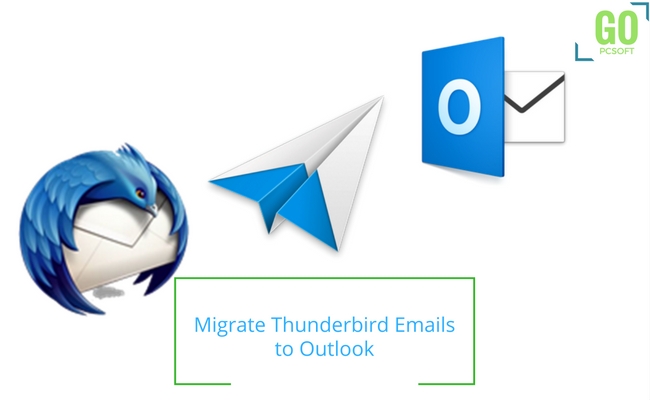How to start a blog is made easy through WordPress. WordPress is known for being user-friendly and easy to install. It takes less than 5 minutes to set up. First, here are the things you need have and do now before you install WordPress: You should have access to your web server, you need a text editor, an FTP Client, and your chosen web browser.
How to Setup your wordpress Website in 1 Hour
Begin Installation by:
- Checking your web host should have the minimum requirement to run WordPress.
- You are equipped to download the latest version of WordPress.
- The downloaded file should be unzipped.
- The secure password should be created.
Here’s a 5-minute guide for instructions to Install WordPress:
- WordPress package should be downloaded and unzipped.
- Make a database for WordPress on the web server.
- Create a MySQL user that has privileges for all access and to modify.
- Upload WordPress files to your preferred location on the web server.
- If you choose to integrate WordPress into the root of the domain, upload or move all contents of the WP directory excluding the WP directory into the root directory of the word server.
- If you prefer your WordPress have its own sub-directory on your website, make the blog directory on the server and upload WP package to the directory through FTP. (Note: If the FTP client has an option to convert names of files to lower case, this should be disabled)
- Access the URL in the web browser and run the WordPress installation script. The URL used should be the one where you uploaded the WordPress files.
- If WordPress was installed in the root directory, you should go to http://sample .com
- If WordPress was installed in the subdirectory, go to http://sample.com/blog/
Given that WordPress is so easy to install, let’s go more into the details of choosing the right domain name and hosting.
How to start a blog would require you to choose a name. It would seem the easiest but this should be something not to be taken lightly. Choosing a name and sticking to it would take away the hassles of renaming and moving your blog someplace else. The best names are memorable, simple and can pass as a brand name. If you can see the name on calling cards, a T-shirt or even a letterhead, and that is something that you can be proud of telling people about, then go with it.
Also, Read: Reason why WordPress is the Best Blogging Platform
Next would be if the name is available as a domain. This is the tricky part as you may need to change the name if it already exists. Because of this, creativity in naming is a must. You can refer to some domain search tools like Name fresh that can help you search for domain names.
Getting a good domain extension comes next. If you cater to the local market, choose something like .com.au, or .com.ph. If your target is to service globally, then go with .com or .net. Also, check if the social media handles are available for the name selected.
For web hosting, there are many options out there. If you’re a newbie and just starting out, a shared hosting would best suit you. It is advisable to get a Linux based host that has CP Panel so you could easily manage your domain and hosting account. For websites with major traffic, opt to go with a more robust setup that can easily support your needs and would take care of WordPress installation, site performance, and backups.
To set up the WordPress theme, go to Appearances> Themes and from here, click on “Add New” button and start choosing from the themes displayed. You can check out all themes in theme collection. After choosing a theme, customize it by going to Appearance> Customize.Widgets are code that adds to a function which is useful for your website. Headers, footers, and sidebars can be put in using widgets.
Menus are very important for websites. For most websites around, you can see the menus on the top of the screen which mostly has pages “About”, “Contact Us”, “Services” etc. You can choose any page you’d like to put in your blog. The positioning or placement of the menu would be dependent on the theme was chosen. Tips for a good menu: it should be intuitive, concise, and a representation of what your site has to offer.
Background usually comes in plain colors. Keep it simple.
Adding new Plugins such as social sharing enables you to share content all across different social sites and spread the word out that your blog is great. Other plugins can be for security, maintaining a portfolio for images, or contact forms.
Adding pages to your website helps in segmenting your content. With putting pages, you can customize them too and have specific templates done Pages can be made to be part of the Contact Us requirement or a landing page.
The most important of all would be content. Content should be full of value and for your readers. There are thousands and thousands of websites that may be similar to yours and what would set you apart is the content that your share with your audience. Highly popular and widely read are tutorials, how to’s, Getting to know your audience is critical in choosing the best content for your blog.
Vincent Hill is an expert writer who writes on different categories like how to start a blog, content writing, blog design and much more. His writing is not only descriptive but also meaningful. He loves to share his ideas on different categories.






Comment here